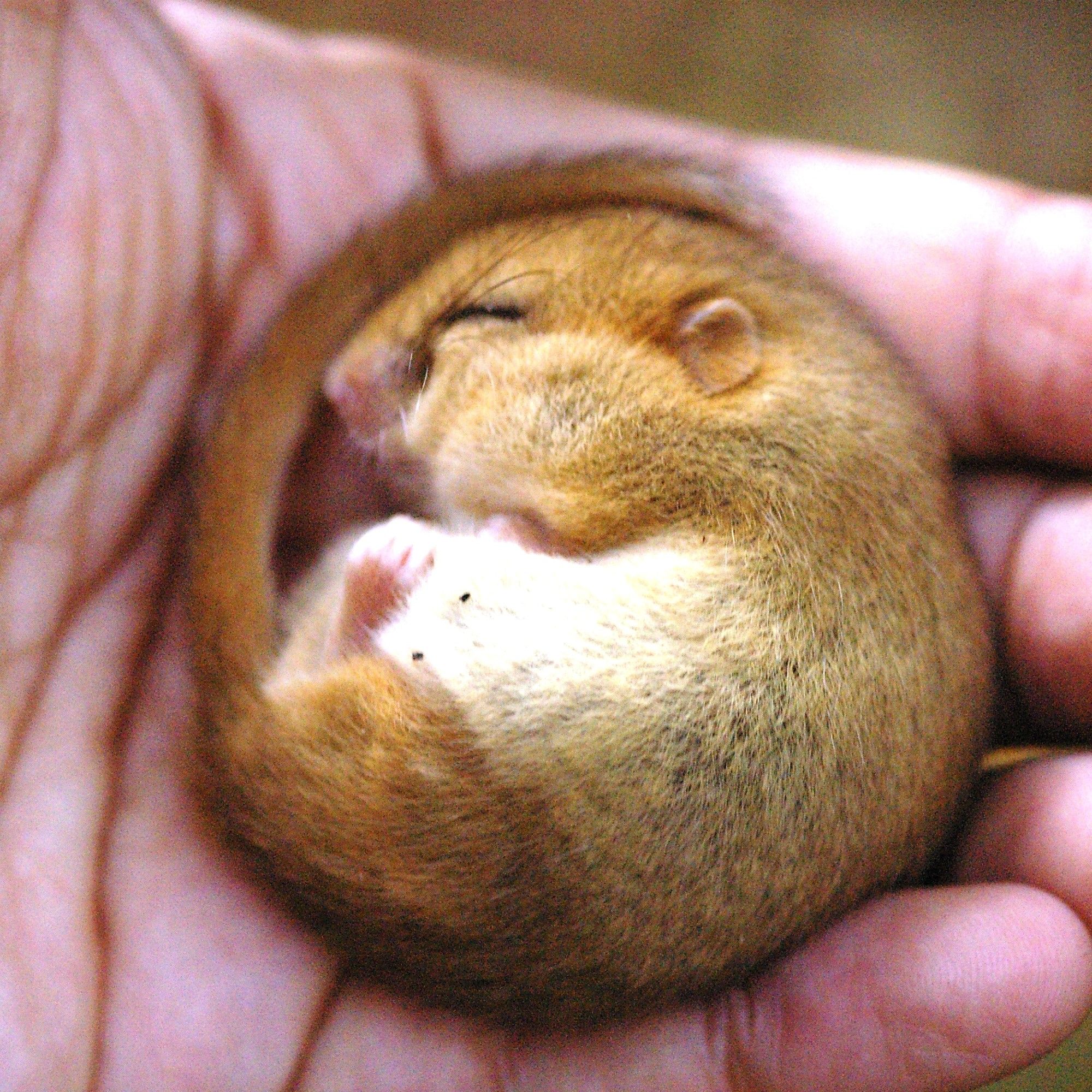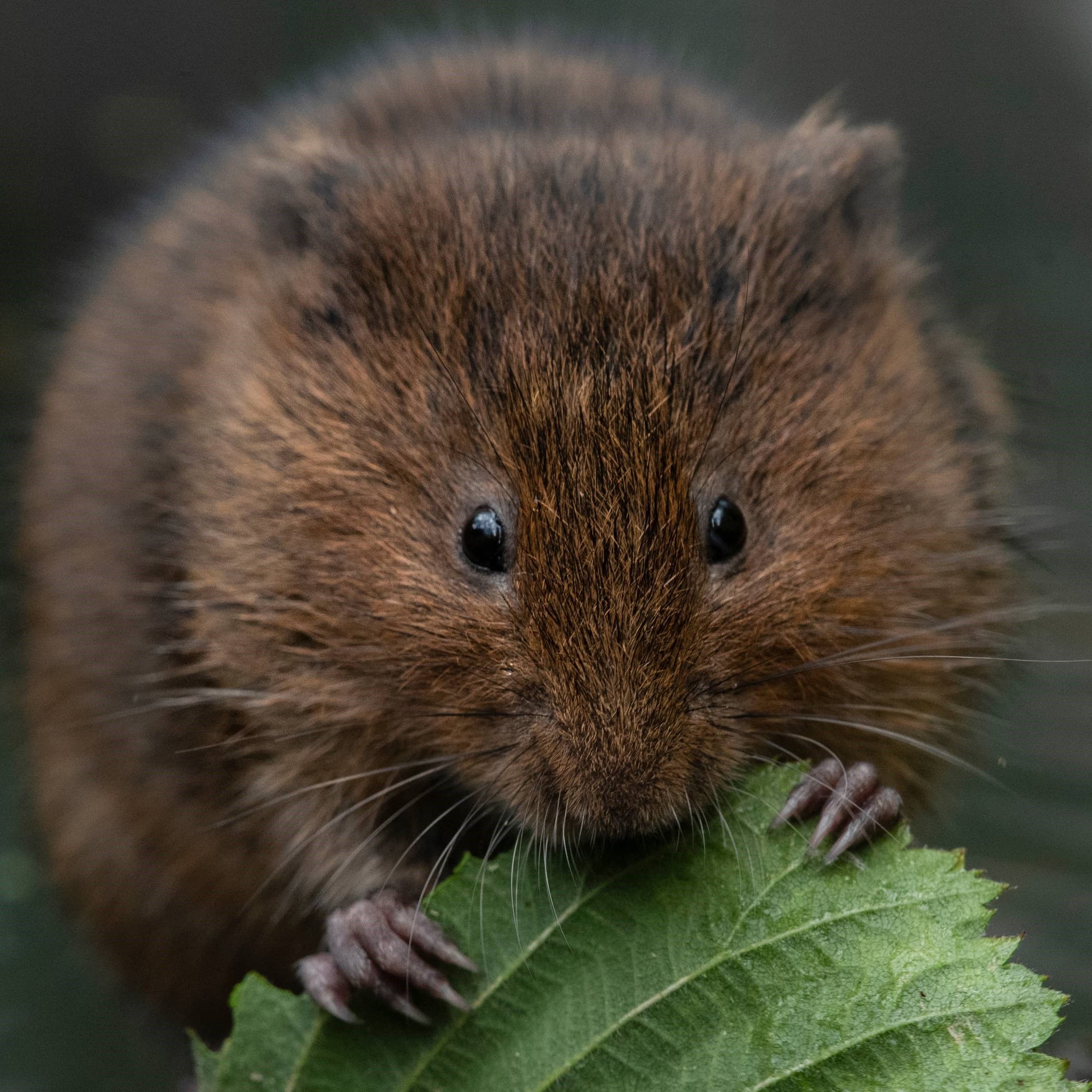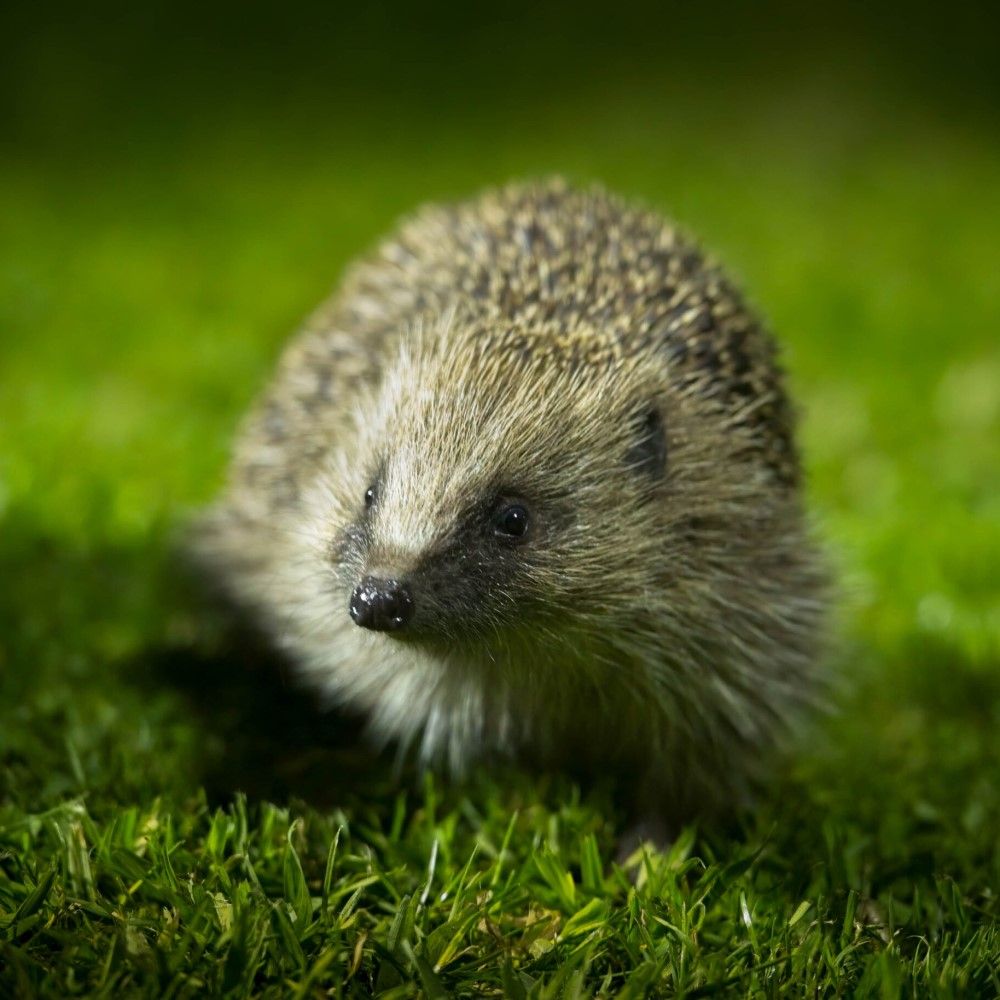Dormouse appeal
Help hazel dormice
Dormouse populations have been declining for the past century, as the woodland homes have slowly disappeared. Our dormouse releases are putting dormice back into the wild.
Donate todayWater vole appeal
Help save our water voles
Water voles are a rare sight, and vulnerable to extinction. We’re training volunteers to survey water vole sites, improve water vole habitats and help the water voles that still live in our waterways.
Donate todayHedgehog appeal
Help save our hedgehogs
Hedgehogs are one of our nation’s favourite wild animals. But just four years ago, hedgehogs were reclassified as being ‘Vulnerable to extinction’ in the UK.
Donate today


